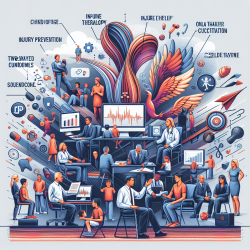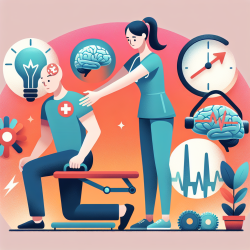Exploring the Future of Autism Treatment with Stem Cell Therapy
As a Special Education Director, staying informed about the latest research and treatments is crucial. One promising area of study is the use of stem cell therapy for autism. A recent research article titled Transplantation of human cord blood mononuclear cells and umbilical cord-derived mesenchymal stem cells in autism explores this innovative treatment approach.
Understanding the Study
The study conducted a non-randomized, open-label, single-center phase I/II trial to assess the safety and efficacy of combined transplantation of human cord blood mononuclear cells (CBMNCs) and umbilical cord-derived mesenchymal stem cells (UCMSCs) in children with autism. The trial involved 37 subjects divided into three groups: a CBMNC group, a Combination group (CBMNC and UCMSC), and a Control group receiving only rehabilitation therapy.
Key Findings
- No significant safety issues or severe adverse effects were observed.
- Both treatment groups showed statistically significant improvements in autism-related behaviors compared to the control group.
- The Combination group exhibited larger therapeutic effects than the CBMNC group alone.
Implications for Practitioners
For practitioners in the field of special education, these findings suggest that stem cell therapy could be a valuable addition to traditional behavioral interventions. While the study indicates promising results, it's essential to approach this emerging treatment with caution. Here are some steps practitioners can take:
- Stay updated on ongoing research and clinical trials related to stem cell therapy for autism.
- Engage in professional development opportunities to understand the potential benefits and limitations of stem cell treatments.
- Discuss emerging treatments with parents and caregivers, providing them with balanced information.
- Consider collaborating with medical professionals to explore integrated treatment plans for students with autism.
Encouraging Further Research
While the initial results are encouraging, further research is necessary to fully understand the long-term effects and mechanisms of stem cell therapy in autism treatment. Practitioners are encouraged to advocate for and participate in research initiatives that aim to explore this promising field.
To read the original research paper, please follow this link: Transplantation of human cord blood mononuclear cells and umbilical cord-derived mesenchymal stem cells in autism.










